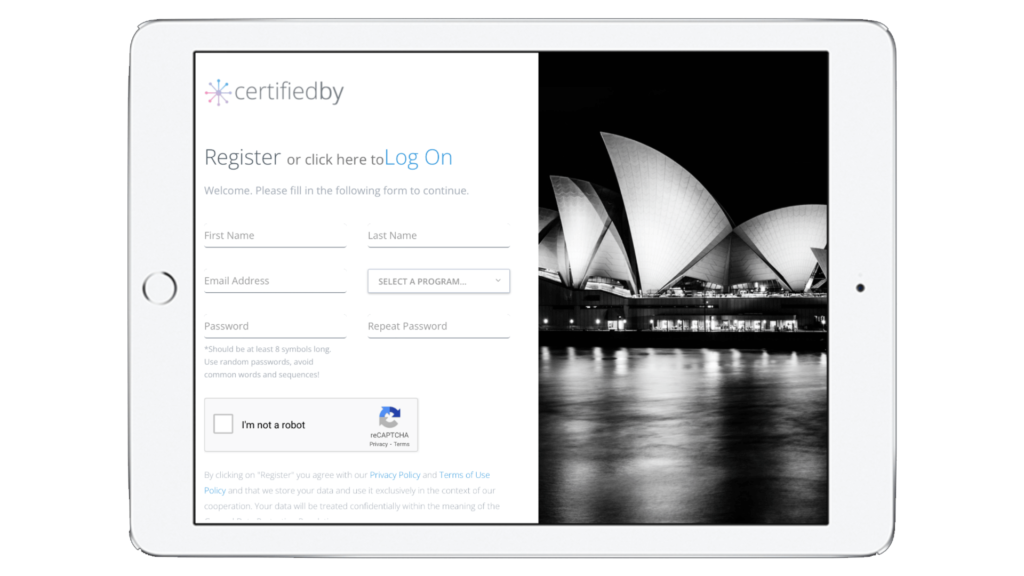ISO27001 Pathway Program
The affordable way to prepare for ISO27001 (in your own time).
Assess, Report, Improve & Certify ... to Power Growth
ISO27001 Pathway Program
In today’s digital age, safeguarding your company’s cyber and information security is paramount, especially as cybercrime continues to escalate. Navigating through the myriad of security measures available can be daunting, particularly for startups and SMEs looking for an efficient and cost-effective approach.
Enter the ISO27001 Pathway Program – Designed with startups and SMEs in mind, our program stands as the most accessible and affordable way to gear up for ISO 27001 readiness. It’s a self-managed program that allows you to work at your own pace, backed by an extensive digital library filled with invaluable resources and access to a marketplace of experienced professionals, offering expert assistance whenever needed. This unique blend of self-guidance and professional support streamlines an affordable approach towards achieving ISO 27001.
The ISO27001 Pathway Program isn’t just a tool; it’s a comprehensive framework that helps you protect your data with confidence and ease. It’s time to elevate your cybersecurity standards and build trust with clients, partners and investors in an increasingly digital world.
How it Works

REGISTER
Simply click the START NOW button at the top of this page to start your program.
IMPROVE
For smart recommendations, supporting information and helpful resources, subscribe to the Action Management Module (see more).
CERTIFY
Evidence results with a Program Review and Certificate of Assessment to share with relevant stakeholders (see more).
ALL PROGRAMS include access to a digital library of amazing tools & resources
This Program Includes
-
14 Components
-
FREE Smart Self Assessment
-
FREE Risk Report: High-Med-Low
-
Action Management Module
-
Digital Library of Resources
-
24/7 Access: Mobile & TV
Program Modules
A.5 - Information Security Policies
A.6 - Organisation of Information Security
A.7 - Human Resources Security
A.8 - Asset Management
A.9 - Access Control
A.10 - Cryptography
A.11 - Physical & Environmental Security
A.12 - Operations Security
A.13 - Communications Security
A.14 - System Acquisition, Development & Maintenance
A.15 - Supplier Relationships
A.16 - Information Security Incident Management
A.17 - Information Security Aspects of Business Continuity
A.18 - Compliance
Start Your ISO27001 Journey Today
Disclaimer 🤚
We’ve put our heart and soul into building something to help millions of Startups & SMEs around the world.
We’ve done a lot right and made mistakes along the way, cause no one ever said #RegTech or startup risk management was easy.
Rest assured we are leveraging the brightest minds, deepest resources, connected partnerships and hunger for growth to develop a better product every day for you.
With that being said… In no event shall CertifiedBy, its affiliates, partners, or licensors be liable for any direct, indirect, incidental, special, consequential, or punitive damages, including but not limited to, lost profits, lost data, business interruption, or other losses arising out of or in connection with the use of, or inability to use, the CertifiedBy platform or any content, advice, or recommendations generated by the platform.



